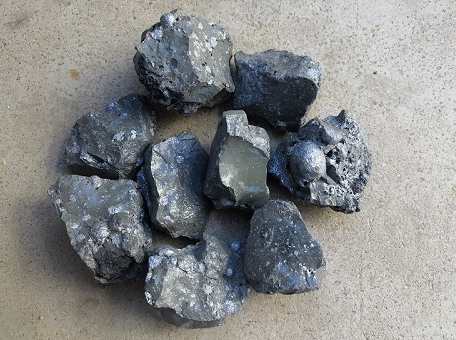
Calcium removal is a critical process in steelmaking that aims to reduce the calcium content in molten steel, ensuring the production of high-purity steel with superior mechanical properties. Excessive calcium levels can have detrimental effects, including reduced ductility, impaired weldability, and compromised surface quality. In this article, we will explore various techniques used for calcium removal in steelmaking, highlighting their significance in enhancing the purity and quality of steel products.
Calcium is an impurity that can be introduced into steel through raw materials, refractories, and reaction with the environment during the steelmaking process. Excessive calcium content can negatively impact steel properties and performance. It can lead to the formation of undesirable calcium-based inclusions, which can cause brittleness, decrease toughness, and affect the machinability of the steel.
Fluxing agents are commonly employed to remove calcium from molten steel. Lime-based fluxes, such as calcium oxide (CaO) or calcium carbonate (CaCO₃), are added to the molten steel bath. These fluxes react with calcium, forming calcium oxide or calcium carbonate, which are then absorbed by the flux. The addition of fluxes facilitates the removal of calcium from the steel, enhancing its purity.
Slag treatment is another effective method for calcium removal. During steelmaking, slag is formed as a result of the reaction between the molten steel and the fluxes. The composition of the slag can be adjusted to promote calcium removal. The addition of silica (SiO₂) or alumina (Al₂O₃) to the slag helps in the formation of calcium silicates or calcium aluminates, which have high melting points and tend to separate from the molten steel, thereby reducing the calcium content.
Electroslag refining (ESR) is an advanced technique used for calcium removal in specialty steel production. In ESR, a consumable electrode is melted into the molten steel, creating a molten slag layer above the solidifying steel. As the steel solidifies, impurities, including calcium, are attracted to the slag layer and are removed from the steel. ESR allows for precise control over the refining process, resulting in high-purity steel with excellent mechanical properties.
Vacuum treatment is another effective method for calcium removal in steelmaking. In this process, the molten steel is exposed to a vacuum environment, which promotes the evaporation and removal of volatile impurities, including calcium. Vacuum treatment not only removes calcium but also aids in the removal of other impurities, such as hydrogen and oxygen. This results in cleaner, higher-quality steel with improved mechanical performance.

To ensure effective calcium removal, stringent quality control measures are implemented. Regular sampling and analysis of steel samples are conducted to monitor the calcium content. These analyses help determine the efficiency of the calcium removal processes and allow for adjustments to be made as needed. By closely monitoring calcium levels, steelmakers can maintain consistent quality and optimize the steelmaking process.
Calcium removal is a crucial step in steelmaking to enhance the purity and quality of steel products. Fluxing agents, slag treatment, electroslag refining, and vacuum treatment are among the techniques employed to effectively remove calcium from molten steel. These processes aid in minimizing the negative effects of calcium impurities on steel properties, ensuring the production of high-purity steel with superior mechanical performance. With stringent quality control measures in place, steelmakers can consistently deliver steel products that meet the highest standards of purity and quality.

Write a Message